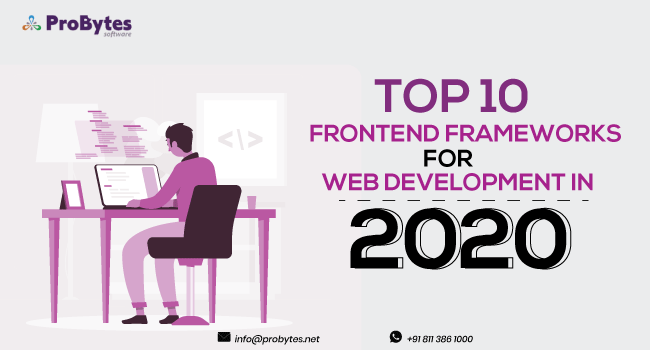Blog Category(283 Blogs)
Check Out These 4 CMS Trends for 2015
Since its arrival in the late ’90s, Content Management Systems (CMS) have come a long way. Now they are much more user friendly than in the initial days.
CMS is the primary tool used for engaging prospects and for converting prospects into customers. With this advanced system, businesses as well as organizations can directly update their website content, without depending on a web developer or a designer. One can quickly and easily add, edit, update and delete website contents and website pages as well. Benefits of implementing a CMS include-
- Low maintenance costs
- Easy data storage and retrieval
- On-time content
- Easy communication between large number of users
- Attractive search engine results and
- Improved flexibility
Yii development framework, with its component-based architecture and sophisticated caching support is especially suitable for developing large-scale CMS applications.
There are two types of content management systems – Content Management Application (CMA) and Content Delivery Application (CDA). While CMA is used to create, remove and edit any content from your web site without any need of an expert of web programming or without any even basic knowledge of HTML, the content delivery application use all the records and information created by content management application to update a site.WordPress, Joomla and Drupal are the top three CMS systems.
Here are 4 major CMS trends to watch for 2015.
Go Mobile and Responsive – No longer optional
Mobile CMS is to dominate the CMS trends this year.As more and more people access the web on mobile devices, businesses should make sure to consider this audience.
Responsive Web Design can enhance the site’s functionality to provide the best experience for all users on all types of websites. To engage the mobile user, your website should automatically resize and reformat the content based on the size of the screen being used- let that be desktop, laptop, iPad, tablet or a Smartphone.
Starting April 21, 2015, Google has made mobile-friendliness as a ranking signal for websites. This major update is supposed to alter the way it assesses the mobile user-friendliness of websites.
With support for RWD, mobile previews, and automatic image resizing, the basics of mobile publishing are already covered in most major CMS platforms.
Be Cloud Ready
Cloud service adoption will be the next trend that is most visible in small- to medium-sized businesses (SMB) with limited budgets. Cloud storage of documents can improve efficiency and productivity.
With the availability of cloud-based Web CMS, organizations no longer need to own and maintain hardware, infrastructureand network bandwidth. The adoption of cloud-based WCM is expected to rise in 2015 as most companies are looking for options to improve their capabilities, without spending much on overtax, IT budgets and staff.
Software-as-a-Service (SaaS) offerings
Vendors are now offering their products as SaaS deployments with lower monthly usage-based charges and cloud hosting. SMBs are also ready to adopt a SaaS model for their content management. SaaS-based content management system (CMS) will enable enables SMBs to stay equal with the bigger competitors. These businesses should consider building their intranet capabilities with a complete services suite such as document and media management, file sharing capabilities, social collaboration tools, while deciding between CMS software options.
Long-term extensibility
Extensible platforms are expected to replace one-size-fits all solution. CMS that contains a pack of functionalities to cover every possible user scenarios is no longer in demand.Customers looking for time and cost efficiency will increasingly opt for the more extensible platforms.There are more chances for organizations to choose a solution that makes sense for their workflow and can be easily adapted when needs change. The chosen system should also meet the company’s long-range goals and not simply how well it handles aspecific purpose.
To be successful in the field, CMS companies should keep up with the trends and provide the tools and flexibility to provide the content management market what it needs. Yii development framework for content management helps to create and maintain a page structure at ease, include navigation widget, full text search, image and document management and a WYSIWYG html editor for the content pages.

 Python
Python Magento
Magento Odoo
Odoo How To
How To How Much
How Much Yii Development
Yii Development Core PHP
Core PHP Prestashop
Prestashop Latest News
Latest News Education
Education Web Design
Web Design Business
Business Ecommerce
Ecommerce Travel
Travel Banking and Finance
Banking and Finance Web Development
Web Development Ruby On Rails
Ruby On Rails Joomla Development
Joomla Development Ecommerce
Ecommerce Magento Development Services
Magento Development Services Hire a Developer
Hire a Developer Web Crawling Services
Web Crawling Services










